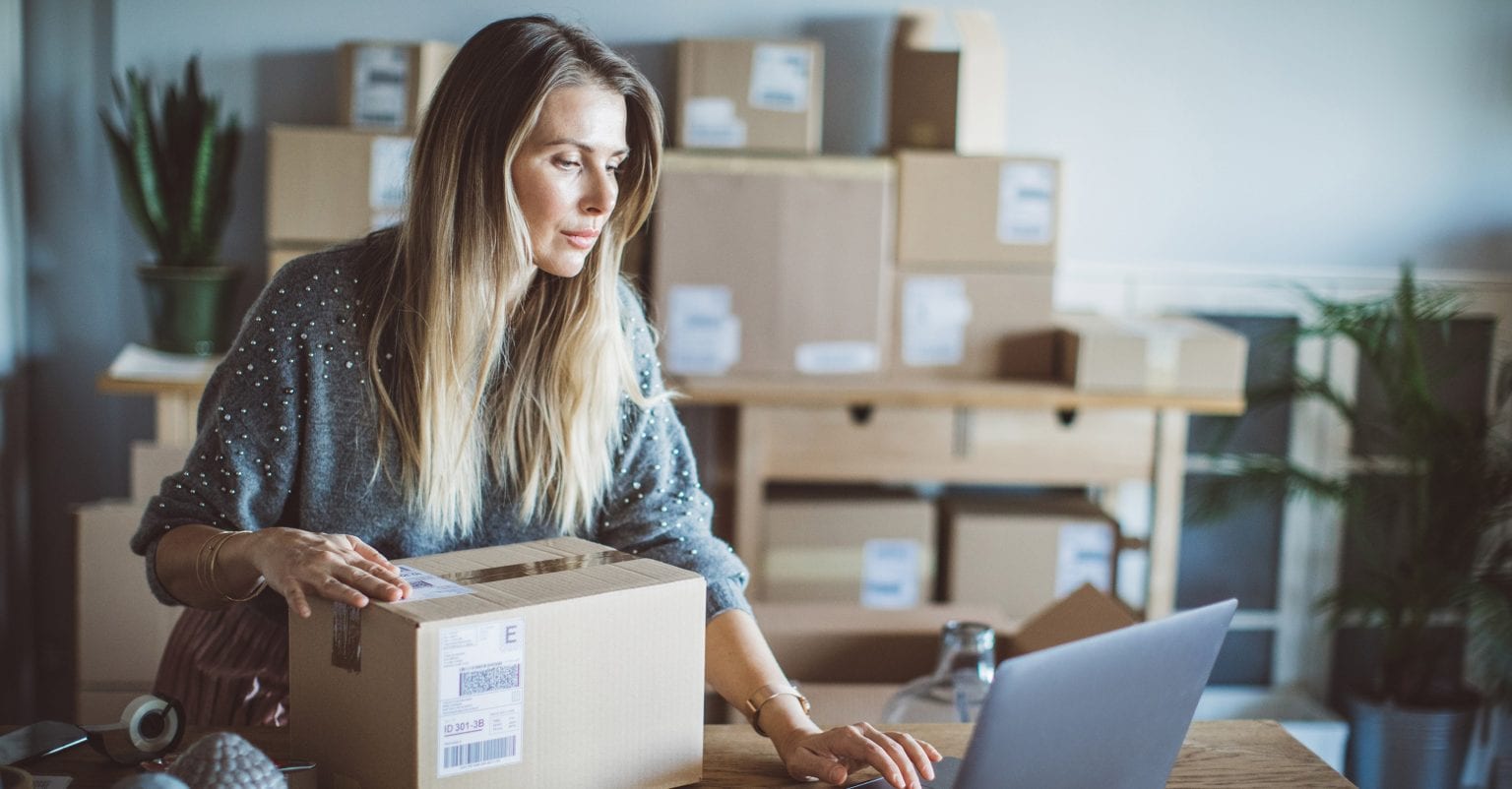Whether newly venturing into ecommerce or suddenly prompted to ramp up online operations, many small businesses now face a new set of challenges as they pivot online due to COVID-19.
Despite having to temporarily close its retail store as a result of the coronavirus pandemic, Sydney jeweller The Silver Collective achieved a massive 300% sales increase year-on-year in April 2020, by quickly scaling up their online presence.
Likewise, Vet Shop Australia – a purely online retailer established in 2004 – saw a substantial spike in sales amid COVID-19.
We asked the owners of both businesses to share their secrets as to how they approach ecommerce and achieve online delivery success.
Maintain customer relationships
With customers unwilling or out of the habit of venturing out as much, many businesses are exploring new ways to substitute face-to-face interactions.
“Instagram Stories is something we’ve really focused on,” reveals Anastasia Barba, who runs The Silver Collective with her mum Maria.
Doing so has seen their Instagram following grow strongly, without increasing their ad spend.
“We thought about what we’d like to see from other brands and it was having a face to the brand.”
“So now we try to post InstaStories every day. If something happens, like someone’s birthday or a behind-the-scenes look at our photo shoots, we’ll post it.”
Optimise packing processes
One major difference online retailing has over bricks-and-mortar is that customers aren’t picking their own items themselves – you are. So consider how this should influence your warehouse/storage layout.
“The best way is often not the way you think,” Vet Shop Australia’s Steven Perissinotto says.
Using the example of the same product in a single and a two-pack, he says, “Logically they should be next to each other, but we don’t put them next to each other, because it’s too easy to pick the wrong one”.
Similarly, he suggests storing items commonly bought together in one purchase alongside one another for easy access.
Next, analyse how orders are packed to save much-needed time.
“We don’t pack orders in the order they come in,” Perissinotto says.
“The first thing we pack is the orders with our most popular product in it with nothing else, then orders with our most popular product and something else, then our second most popular product with nothing else and so on.”
Customer incentives
“Free shipping over a threshold is a good tactic… I would recommend that’s an always-on tactic,” says Perissinotto.
“When we want to sell more, temporary price reductions work well – we might make less money, but if you discount by 20%, you just have to sell more to make the same profit margin.”
Barba agrees, adding: “If we have stock we want to move, we do a flash sale: 20% off storewide always outperforms other incentives”.
Both suggest that free gifts or bonus items with a purchase also work well.
The most important touchpoint
Don’t miss the mark on what is your most important touchpoint with customers, warns Perissinotto.
“Too many of us think it’s your website, but it’s my personal view that it’s not – the most important interaction is when their order arrives. Your customer Mrs Jones first and foremost wants the product she ordered to turn up, on time and as she expected.
“For new online retailers with that first delivery, the customer will be disappointed if you’re not careful.”
He suggests successful deliveries include:
- Being forthright: the COVID-19 situation may have led to major shipping delays. Advising this only at or after the point of checkout can frustrate customers.
- Considering customer priorities: “People don’t mind so much if their flea treatment takes 10 days to arrive, but for dog food, people expect much faster delivery.”
- Starting small: consider restricting sales to your city/region to minimise initial delivery headaches, then scale up.
- Getting pricing right: determine what customers are happy to pay for shipping. This could be a fixed delivery fee averaged on your total shipping spend, or free delivery on higher margin goods or orders over a certain threshold.
Speak to others
Barba says her biggest lesson is that “being online is a 24/7 business: there’s always something to do and some way you can reach your customers”.
And while it may have its own set of challenges, you’re unlikely to be the first to face them.
“Get out there and talk to other people doing it,” Perissinotto says.
“Meet other retailers, tell them your biggest problem and they’ll tell you how they fixed it [in their own business].”








